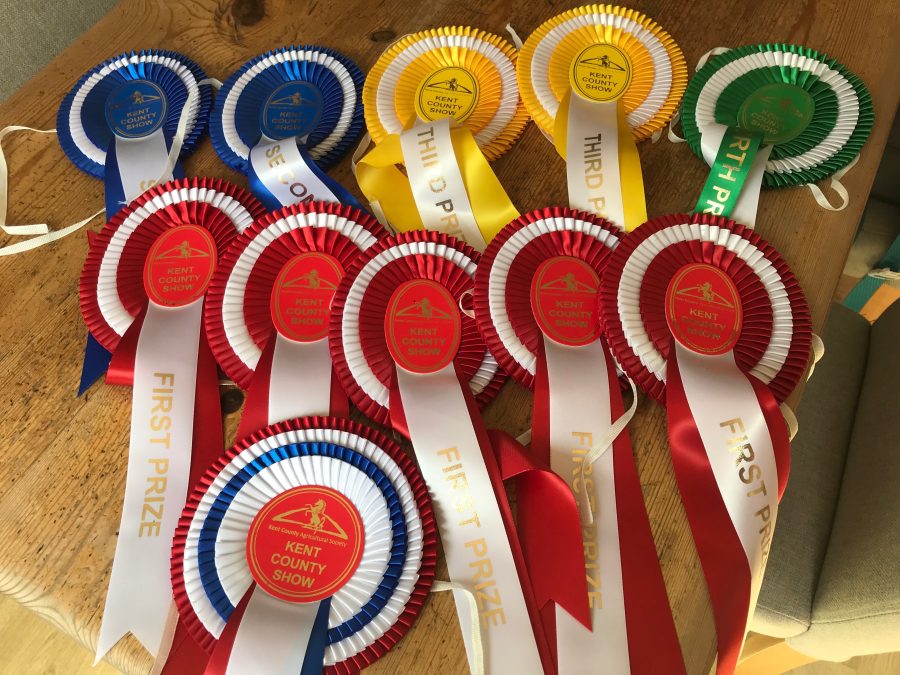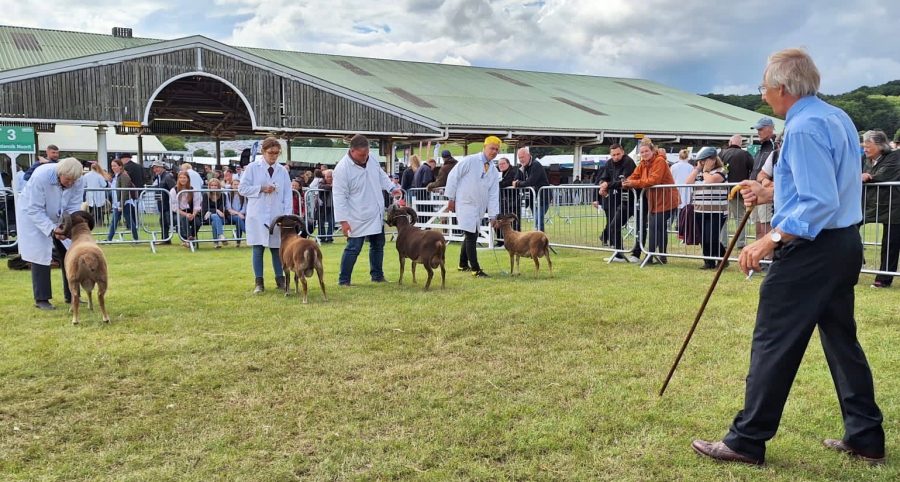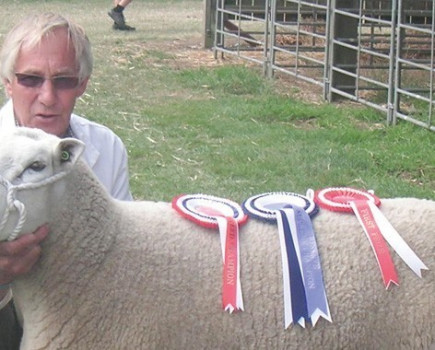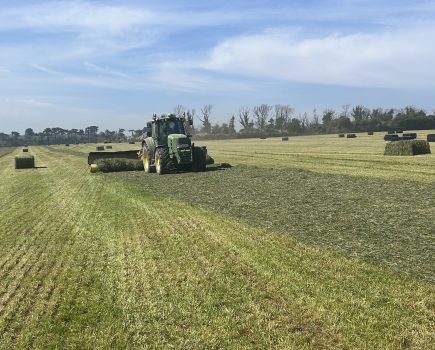It really has been an odd sort of summer so far in the South East corner of the country; a number of weeks without any significant rain has knocked grass growth back considerably. At one time our grass was getting away from the sheep and I kept looking at it with a view to topping, really just to tidy things up a bit, but as things were getting quite dry I held off.
That decision seems to have reaped dividends as much of the one paddock that I did top has now burnt off and there is little significant regrowth on the rest, which is just about maintaining a bit of green. Conversely those left untopped, although a little untidy, still have plenty of green in the bottom, maybe not of the best in terms of feed value but with a few molasses blocks in front of them the sheep seem to be doing remarkably well.
The few ewes that I marked and separated for culling have certainly gained a bit of condition since weaning in the middle of June and the lambs have kept moving forward steadily, the latter aided by a little bit of lamb finisher (about 100gm/head) on offer each day. I probably now need to go through them fairly soon to get some of the poorer (in terms of type etc.) Lleyn ram lambs, plus some Suffolk cross wethers, away; they certainly handle well and although they haven’t been on the scales recently they look to be some decent weights.
We had a good Kent Show this year. It was encouraging to see sheep exhibits up significantly on recent years, plus we had Lleyn classes returning after a significant gap. With a number of firsts and the breed champion provided, we really were quite pleased with the show, although we have not really had the time to enjoy our success. With judging duties looming at the Great Yorkshire Show (GYS), it was all a bit of a rush to get sheep home and sorted on the Sunday evening and sheep rounds done on the Monday morning before heading north ready for judging duties at Harrogate on the Tuesday.
It was certainly quite an honour to be asked to judge at the GYS, although I was not judging my own breed. As mentioned in previous articles, in recent years I have been involved on a number of occasions in judging some rare and minority breeds and it was one of these, the Castlemilk Moorit, that I was invited to judge on the occasion of the breed’s first line up in their own classes at the GYS. It was certainly quite a distinction.
The Castlemilk is an interesting breed, a sheep whose ancient appearance belies its lineage; it certainly has the outward show and character of a rather primitive breed but has a relatively short history that began in the nineteen twenties, being developed under the direction of Sir John Buchanan-Jardine as a parkland sheep for his Castlemilk Estate in Dumfriesshire.
Its history is rather imprecise but recent DNA analysis has established that it has in its makeup input from Soay, Manx Loaghtan, Shetland and the Wiltshire Horn breeds; sadly, what this analysis has not done is confirm the rumoured Mouflon genetics in its make up. The European Mouflon, now considered to be a feral population of some of the first domesticated sheep that traveled, in prehistory, with ancient farmers out of the Middle East into Europe, would have added a lovely genetic connection to the very origins of sheep domestication some ten to twelve thousand years ago in Mesopotamia, a link that would have done justice to the ancient appearance of the breed. It is worth noting, however, that the inclusion of the Soay within the breed’s origins might just still provide a link, possibly a little tenuous and convoluted, to the Mouflon.
To return to the point, in addition to being an honour to be asked to judge at the GYS (now considered, along with the Highland and the Royal Welsh, as one of the top three in the country), it was also a pleasure both to meet such a dedicated and enthusiastic group of sheep breeders and their sheep. The quality of sheep forward certainly justified their presence at the show, which, by the way, had more than three and a half thousand sheep forward.
It is unfortunate that, in order to arrive at a sensible line up for the rosettes, an integral part of any judging process involves not just identifying the good points but also seeking out the faults (however minor) of the sheep presented; the former generally rather less challenging than the latter but both needed in the process of arriving at a meaningful result. As with all sheep shows, some sheep will always stand out, proud sheep that show themselves, but it is sorting the others that often provides the greatest challenge. That said, it is always a pleasure to see a good line up of sheep and all of the Castlemilk Moorit forward for judging at the GYS were a credit to their owners and certainly deserving of a place in their inaugural presence at the show.
We did take advantage of our visit to the north to take a short break in the lovely village of Malham, famed for its proximity to Malham Cove, a key feature in many a geography field trip; but one of the most noticeable features, which brings me back to the opening words of this piece, was the abundance, in many cases a surfeit, of grass in front of the numerous sheep flocks in the area, both on enclosed land and the open fell. And they reckon that they have experienced a dry summer; they really don’t know how lucky they are.

For more like this, sign up for the FREE South East Farmer e-newsletter here and receive all the latest farming news, reviews and insight straight to your inbox.







